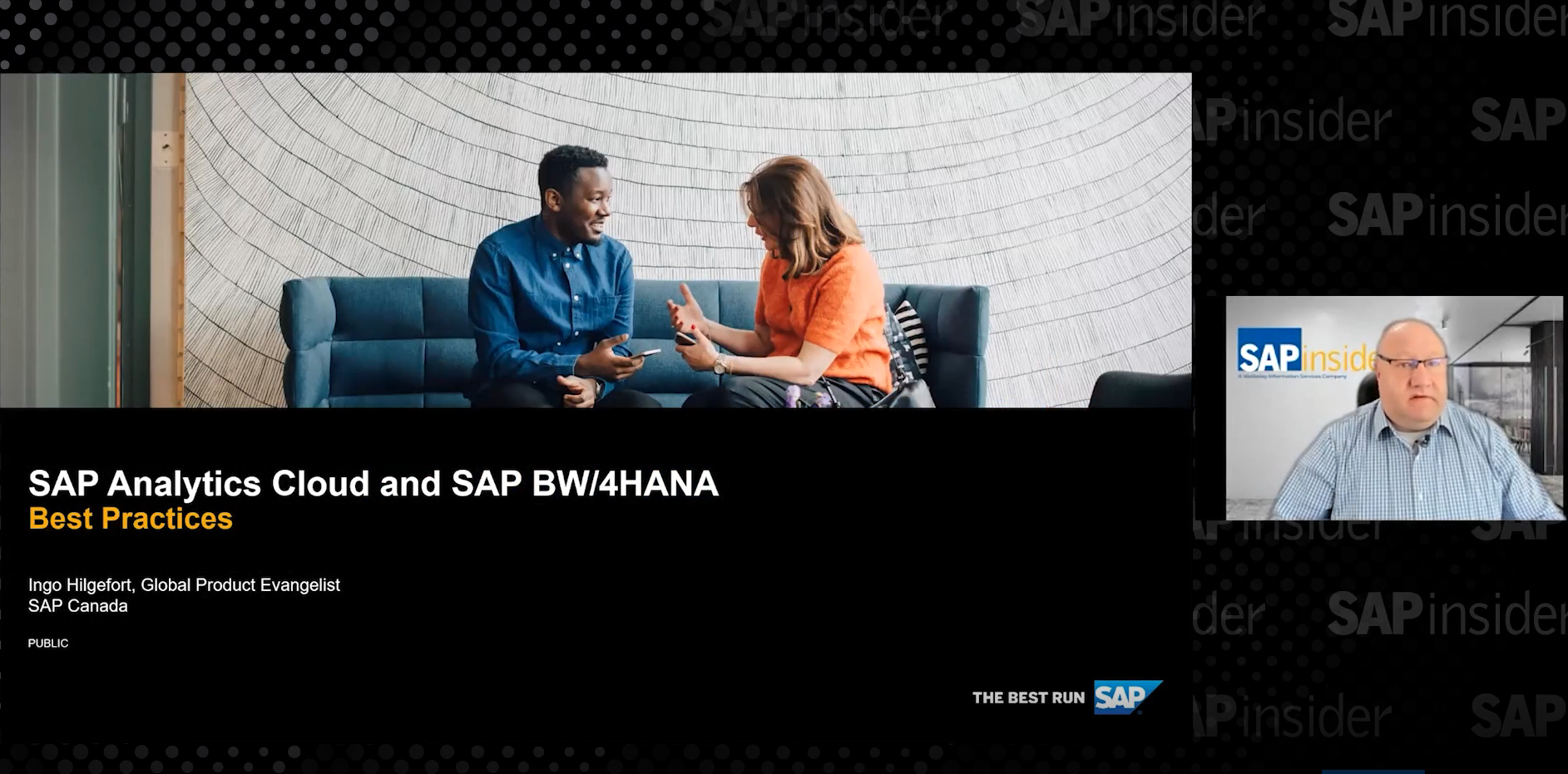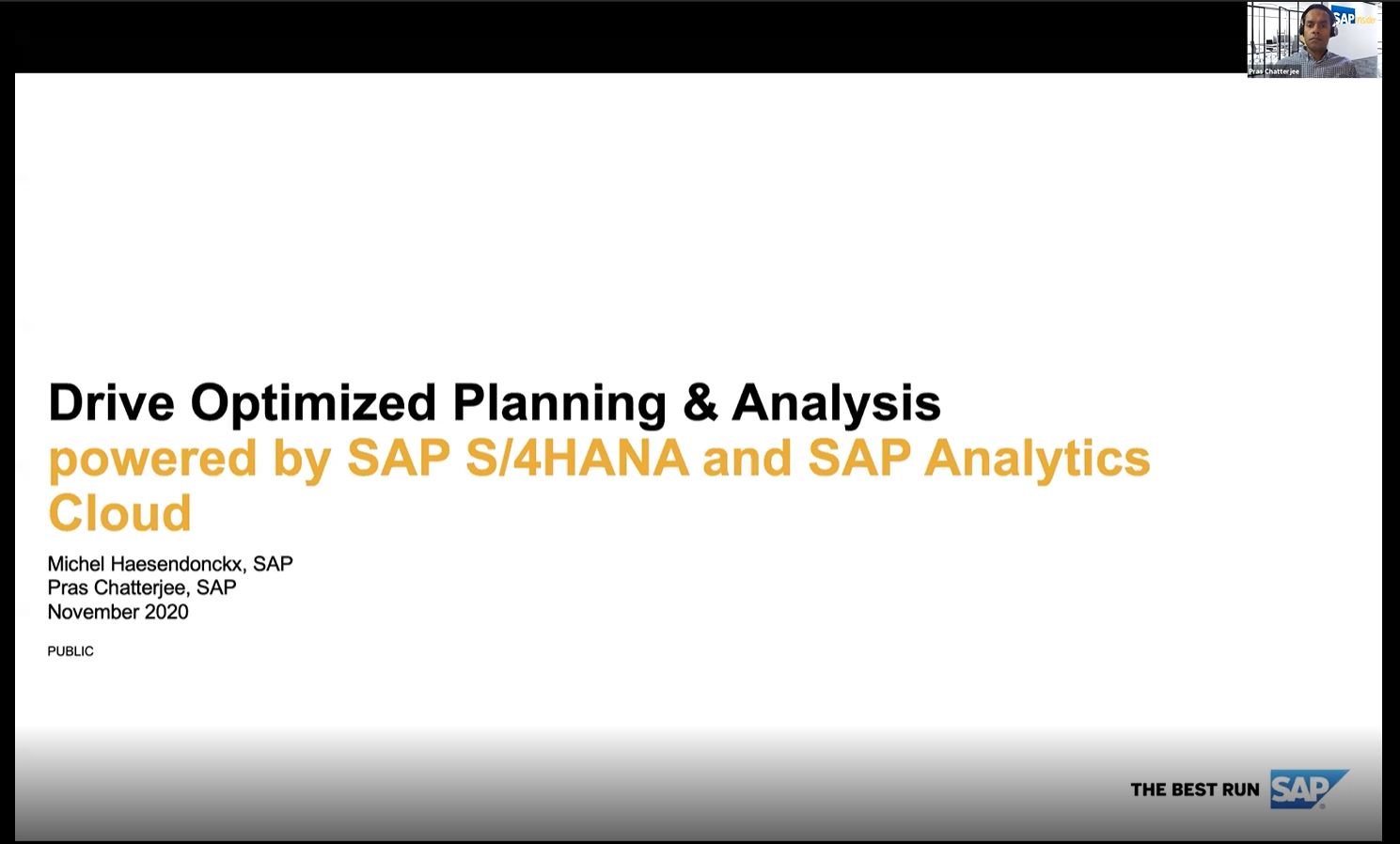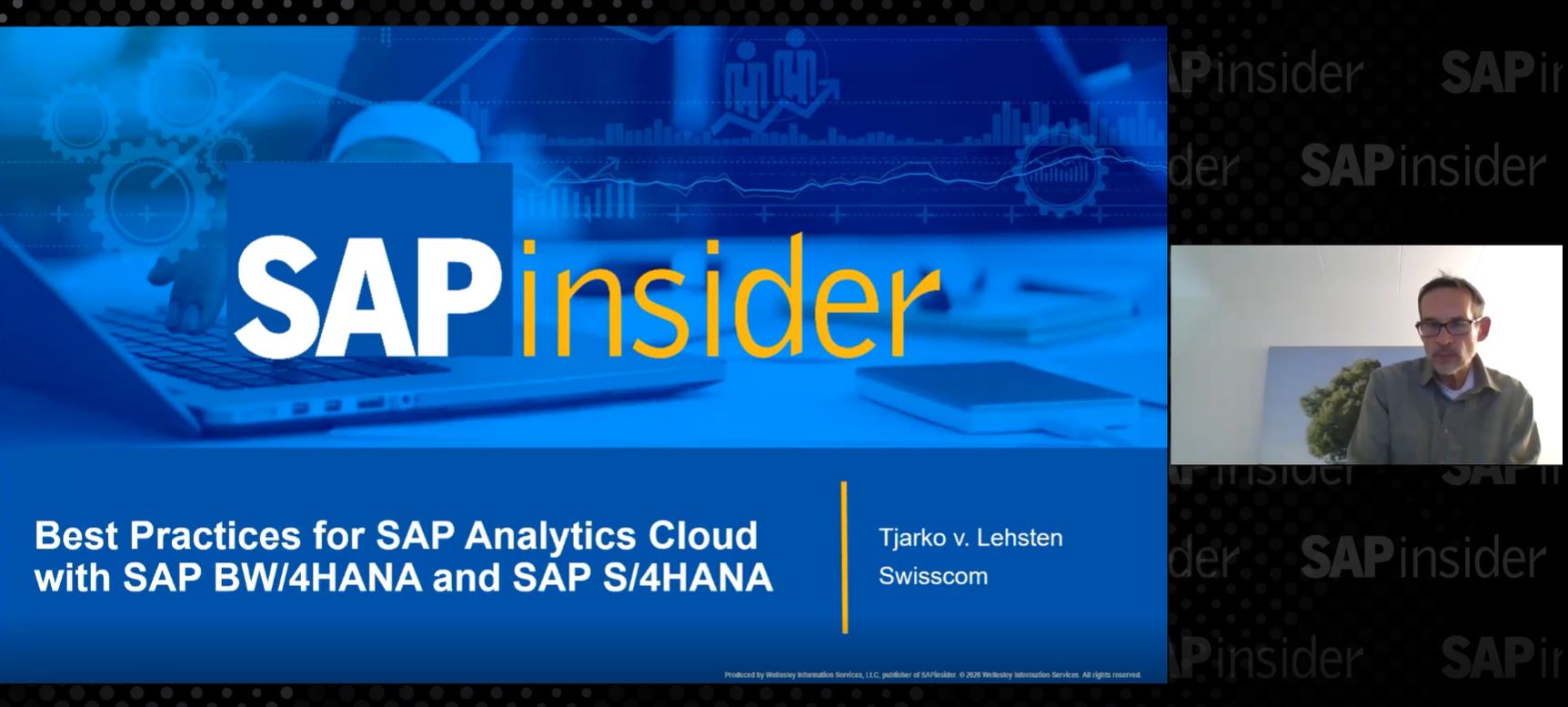Change Is Coming to Financial Planning and Analysis:
SAPinsider looks into FP&A and talks with Bryan Lapidus, Director, FP&A at AFP
Financial professionals are extremely focused on FP&A (financial planning & analysis). As SAPinsider prepares our 2020 studies, “The State of the Market for SAP Financial Planning and Analysis” and “The State of the Market for SAP Finance – a Benchmark Study,” we had a chance to converse with Bryan Lapidus, FPA&A Director, FP&A Practices at Association for Financial Professionals (AFP), about the state of finance and FP&A for 2020 and beyond.
Explore related questions
“The future is already here—it’s just not evenly distributed”
Lapidus quotes writer William Gibson to observe that, though “the future is already here,” in many meaningful ways, in FP&A, “it’s just not evenly distributed.” Spreadsheet technology makes a good case for discussion, because they are so embedded within finance. Today there are advanced ways to use spreadsheets, including as the front-end to robust databases and business intelligence tools; plus, collaboration and security tools.
Most people only use a fraction of its capabilities, even though, if we add up usage statistics from Microsoft Excel, Google Sheets, Apple Numbers and others, there is ample grounds to propose that “spreadsheet,” not English, is the world’s second-largest language.
Lapidus points out that “there are FP&A professionals who are emailing basic spreadsheet templates to collect data, and at the other end of the spectrum, others are creating budgets and forecasts based on predictive algorithms. We also see practitioners who write variance reports with natural language generation software packages.”
 Bryan Lapidus,
Bryan Lapidus,
FPA&A Director,
FP&A Practices,
Association for Financial Professionals (AFP)
What we’re seeing
SAPinsider’s recent study, “Assessing Intelligent Automation in Finance,” shows that fully 20% of automation laggards self-identify the accuracy of their company’s financial projections as somewhat (13%) or highly (7%) uncertain. That’s a sobering statistic if you happen to be CEO. In contrast, even among average performers, uncertainty hovered comfortably below 5% (and 2% each for “somewhat” and “highly”). Most dramatically, only a single respondent among the automation leaders spoiled the clean sheet and reported even a “somewhat” uncertainty with their projections. Presuming that almost every large company in the world utilizes spreadsheets for some portion of their planning process, it’s clearly the quality and sources of the data within those worksheets that is making the difference.
SAPinsider’s baseline research also confirms that interest in financial planning dwarfs every other concern with an asterisk for perennial interest in streamlining the financial close – which still comes in second with 53% and 52% of responding organizations citing these two, respectively, at the top of their lists and everything else comes in a far distant third). Riz Ahmed, Chief Research Officer at SAPinsider, observed, “Pain related to FP&A hasn’t changed. What has changed is executive impatience for the solution.”
“May you live in interesting times”
Blessing or curse, the “interesting times” in this adage are recognized as a challenge. Yet, sometimes, what’s “interesting” is clearer in retrospect than foresight. At the center of his comments on FP&A, AFP’s Lapidus points out the irony that FP&A professionals so deeply engaged in modeling the future might be missing some writing on their whiteboard walls.
Credit finance for having successfully evolved beyond simple recordkeeping and compliance filing mandates. (Case in point, the first name in planning has long been theirs—”Financial Planning & Analysis”). Yet, as Lapidus also observes, this is not immutable. As corporate information expands, so does the value of market and supply chain system insights. The “P&A” department of the future may well follow that value, and wind up belonging to the organization(s) that best deliver it. Finance departments may find their role of analyzing information falling into other business units, and the FP&A role reduced to consolidation of forecasts.
Expert advice from practitioners to practitioners
Lapidus’ final example describes the experience of a large restaurant company, and the creation of their first “data lake.” Given a trove of new information, the finance department stopped creating new metrics based on their general ledger data (already widely covered) and instead aligned their data and dimensions to their customers and customer-oriented systems. The insights they have developed, according to Lapidus, are being recognized across the company for their value. That sure sounds like the type of future that FP&A wants to design.
What does this mean for SAPinsiders?
- Companies looking to improve their planning process should look to improve the sources of their data, and not just their technology. Customer and supply chain systems often contain forward-looking information that is useful for forming predictive insights.
- Making time for analysis, beyond recordkeeping and reconciliation, is important. Better automation of recording and compliance tasks can free resources for higher-value activities. Understanding business drivers related to customers, markets, and supply chains, can unlock insights that aren’t illuminated by traditional focus on accounting data and variance analysis.
- Executives will increasingly turn toward sources delivering the most valuable predictive insights and analysis. Finance departments need to recognize the implications of the rapid increase in information on their role as traditional custodians of the FP&A process.







